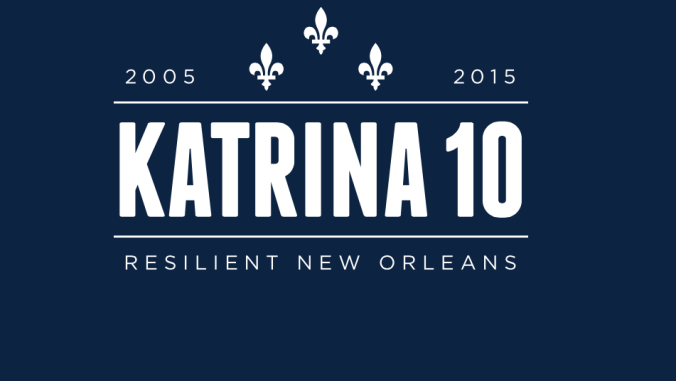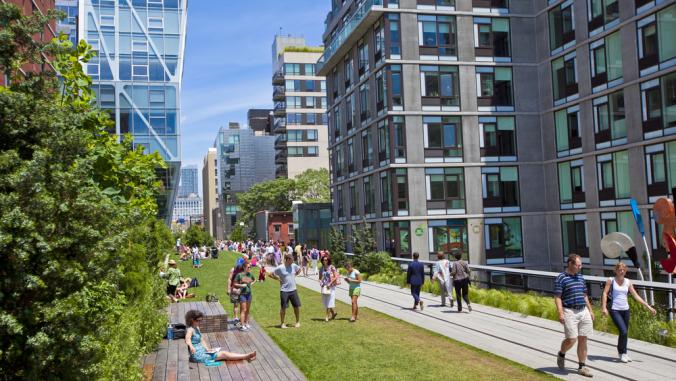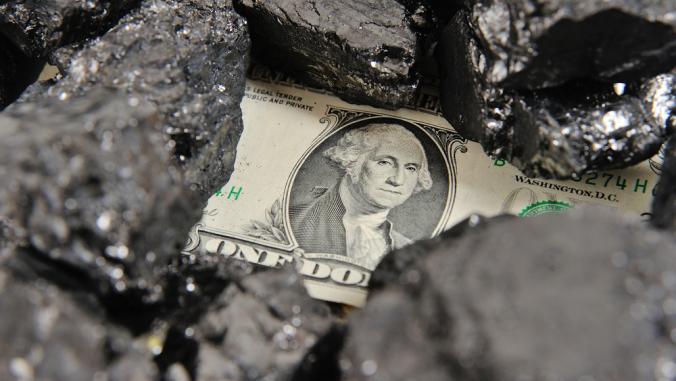Can Hawaii sell tourists on sustainability?
Taking advantage of $15 billion in annual tourism spending while also ramping up local sustainability efforts is no easy task.

To say that tourism is big business in Hawaii is an understatement.
Last year alone, the island state home to just over 1.4 million full-time residents saw 8.9 million visitors — an increase of 3 percent from 2015, and good for a record $15.6 billion in tourism spending.
But is it sustainable? In a state with an image built on the notion of a remote and pristine natural environment, foot traffic from 220,000 outsiders a day can pose quite a dilemma.
"There’s no doubt that there’s growing concern about how we balance these drivers of the economy and the things that make Hawaii a desirable place to visit," said Celeste Connors, executive director of public-private sustainability advocacy group Hawaii Green Growth, during a discussion Tuesday at the VERGE Hawaii clean energy conference in Honolulu. "We’re really looking at achieving those triple-bottom-line objectives."
Although the ecotourism conundrum is by no means unique to Hawaii, there is added pressure on the state to confront the disconnect. State legislators have signed onto a goal to transition the state to 100 percent renewable power by 2045, which raises big questions about how major players in the dominant tourism industry — airlines, hotels, rental car companies, ocean activity companies — plan to do their share.
Tourism is and will remain the dominant source of people’s livelihoods here.
Energy and related carbon emissions are one example of the environmental challenges that Hawaii faces. Others include degradation of ocean ecosystems, concerns about reliable fresh water supply and how to contain waste in a geographically constrained space.
The question now: whether addressing those issues can realistically be spun as an incentive for more people to visit.
"What sells Hawaii in my mind are the people, the culture, the beauty," said Alan Oshima, CEO of utility Hawaiian Electric Company (HECO). "Now, I think sustainability is a big selling point."
On the money
The number of visitors and total amount of money they are spending in Hawaii has never been higher. Also setting a high mark were the 12 million-plus airline seats available to and from the state last year.
Still, Hawaiian Airlines President and CEO Mark Dunkerley isn't counting on uninterrupted growth. He said in a panel discussion Tuesday at the VERGE Hawaii conference that daily spending per tourist is actually declining thanks to people spending more money on health care and other essential costs.
What that means long term for Hawaii, which currently has a statewide unemployment rate of less than 3 percent but some of the highest costs of living in the United States, isn't yet clear.
"How do we find balance I think is a really key question," Dunkerley said. "It starts by recognizing some truisms, and some truisms that are sometimes a little hard to swallow."
Although Dunkerley said that doubt about the urgency posed by climate change has been "almost universally discredited," he said that denial about the financial implications of limiting tourism poses its own risks.
The challenge for both environmental initiatives and efforts to preserve native Hawaiian culture, then, is trying to walk the line between preservation and alienation.
"People are not prepared to gradually see their quality of life erode," Dunkerley said. "Tourism is and will remain the dominant source of people’s livelihoods here."
From the North Shore of Oahu to the small island of Molokai, however, several Hawaiian social justice-focused advocacy groups argue against more large-scale development and in support of more locally beneficial efforts as part of the state's sustainability push, such as community power projects.
"You have to talk to the community," Emillia Noordhoek, director of renewable resources for the nonprofit Sust’āinable Molokai, recently told GreenBiz.
Seeking strategy
Recognizing a potential disconnect between the pursuit of more tourism dollars and a more sustainable economy is one thing. Figuring out how to address that dynamic is another.
"For years we have talked about plans, but we’re just doing tactics," Oshima said. "I think that’s easier because you can deliver on a short-term basis."
When it comes to tourism-centric industries such as transportation, Dunkerley said Hawaiian Airlines continues to pursue fuel efficiency and emissions reductions — although some argue that the aviation industry as a whole could take more aggressive steps to limit its footprint.
Back on the ground, Oshima said HECO is also looking ahead to how to integrate tourism into sustainability efforts such as building out charging infrastructure for electric vehicles.
"We can partner to do a lot of things that will help tourism as well," Oshima said, pointing to potential partnerships with rental car or EV charging companies.
For George Szigeti, president and CEO of the Hawaii Tourism Authority, keeping the focus on the state's golden goose — its natural environment — will be crucial.
"What we can’t have is our reefs deteriorating and our oceans deteriorating," Szigeti said. "We have to protect these at all costs. People come here for those experiences."





